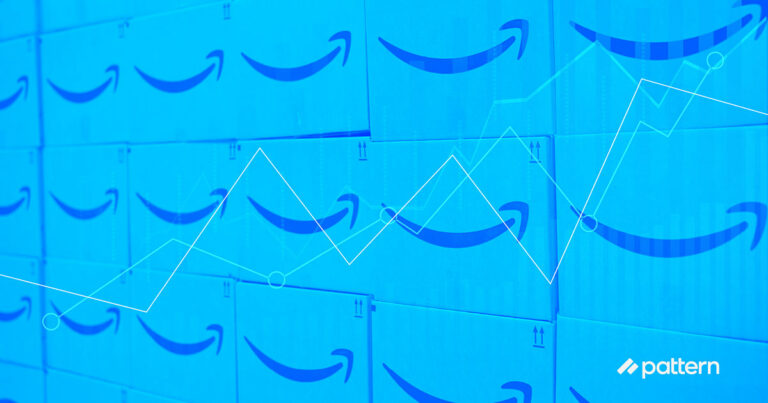In the past month we’ve been asked to evaluate the online channel strategy for a number of consumer brands as a result of COVID-19.
In particular brands who may have been happy to be distributed only through third-party retailers in the past are asking whether they need to mitigate their risk and expand their addressable audiences through marketplaces or a D2C website. A poll conducted during Shoptalk’s recent virtual conference found 30% of respondents thought FMCGs launching D2C sites was the most significant longer-term change they expected as a result of COVID-19.
Sense-checking their online channel strategy is an exercise that we recommend brands do regularly anyway; to ensure products are visible across the channels that their customers choose to shop on. Below we outline how to define your online channel strategy to ensure that each channel adds value to your overall presence.
Different roles for different channels
Before you start to define which online sales channels are appropriate for your brand, it’s worthwhile examining the roles that different channels play to help you acquire and retain customers. The below diagram highlights some of the reasons that consumers choose to shop with multi-brand retailers, brands’ D2C sites and online marketplaces such as Amazon.

Each sales channel should have a distinct role. This might be that they add value in a different way to the other channels as D2C should, or they expose your brand to a new customer segment that might not have considered it before, as marketplaces can do.
In some cases a D2C site or online marketplaces might not be appropriate for your brand, and if you can’t find a distinct role for a channel then it may not be necessary to operate. The goal is always to add value with each additional channel so they are not merely cannibalising sales from your existing routes to market.
Being clear on the value proposition for every channel can help if you need to have conversations with existing retail partners or internal stakeholders about potential channel conflict. It will also inform your pricing strategy for each channel; for example, you may be able to achieve higher margins on a D2C site if the product or service is differentiated from the other possible channels.
Online channel strategy: market mapping
To validate your thinking about the value provided by each channel, a more in-depth market mapping exercise is required. Taking each of your target customer segments, you can map which channels are most relevant to them. Again, if you find that there are channels where the value proposition is not clear for at least one customer segment then you should question whether it’s required.
Within each channel you may find that there are differences between the possible partners you can work with. The market mapping exercise can be extended to assess different third-party retailers or online marketplaces to understand how many, and which ones, you need to work with to benefit from the audience that channel can deliver.
We’ve run projects to help brands score and segment the retailers they are working with – based on the customer experience they deliver- to help the brand understand which retailers they should focus on. This can include informing where a brand spends its retail or shopper marketing budget, to provide support to those retailers who generate the best ROI.
The significant changes to buying behaviour – including the uptick in online traffic while physical stores have been closed or operating at a reduced capacity – is likely to have a longer term impact. With this in mind, we recommend that brands review their online channel strategy to ensure they have the optimal routes to market to reflect how customers will shop now and in the near future.
If you would like support with reviewing your online channel strategy – or with optimising specific online channels such as your D2C site or marketplaces – please get in touch.



